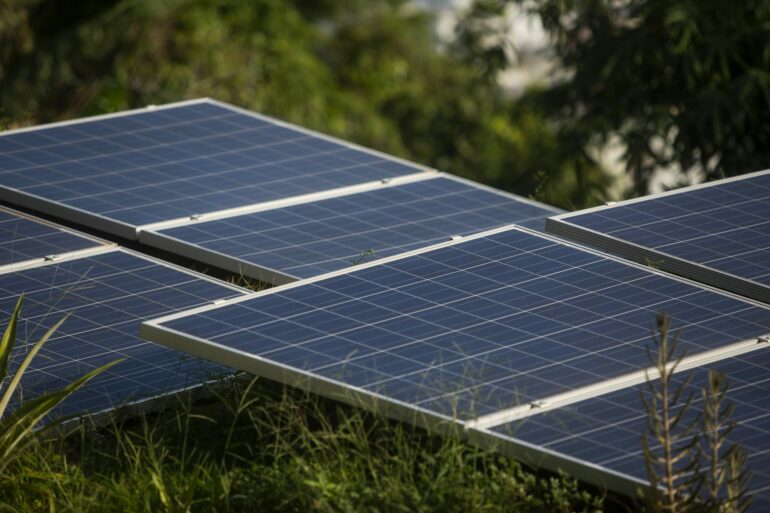During the most recent total solar eclipse visible in the U.S., on Aug. 21, 2017, the skies darkened as the Moon crossed in front of the Sun. It blocked out all sunlight – except for that from a golden ring visible around the Moon’s shape, called the corona. Not surprisingly, solar power generation across North America plummeted for several hours, from the first moment the Moon began to obscure the Sun to when the Sun’s disk was clear again.
On April 8, 2024, another total solar eclipse will track across the U.S., causing perhaps an even greater loss of solar power generation. Although this will be the second total solar eclipse visible in the U.S. in under seven years, these events are a rare occurrence. Nevertheless, they present a unique challenge to power grid operators.
I am a space scientist with a passion for teaching physics and astronomy. Though I have seen many partial eclipses of the Sun, I have yet to witness a total solar eclipse. My road trip to Bryce Canyon National Park in Utah in October 2023 to see the “ring of fire” annular solar eclipse was unforgettable, and April 8 will surely find me handing out eclipse glasses once again.
When the Moon’s shadow blocks the Sun
During a solar eclipse, the Moon partially or completely blocks the view of the Sun. Since the Moon is nearly 400 times smaller than the Sun and nearly 400 times closer, the Moon’s shadow, visible from Earth, tapers to a width of 70 to 100 miles (112 to 161 kilometers).
Within this region, called the path of totality, observers see a total solar eclipse. Observers close to but outside this path witness a partial eclipse of the Sun, where the Moon covers a fraction of the Sun’s disk.
During the April 8, 2024, total solar eclipse, the path of totality in the continental U.S. will extend from Texas in the south to Maine in the northeast. Elsewhere in the U.S., Miami will see a partial eclipse in which a maximum of 46% of the Sun’s disk obscured. In Seattle, far from the path of totality, the Moon will cover only a maximum of 20% of the Sun. In southern Texas, where the path of totality first crosses into the U.S., the eclipse will last just under three hours, with totality a mere 4 minutes and 27 seconds.
The path of the 2024 solar eclipse.
Increasing reliance on solar power
The worldwide trend toward renewable energy has seen a significant increase in solar, or photovoltaic, power generation in the last decade. Solar power generation capacity is set to double worldwide between 2022 and 2028, and the U.S. now has the capacity to generate three times more solar energy than at the time of the 2017 total solar eclipse.
The most obvious obstacle to solar power generation is cloud cover. On a cloudy day, the energy produced by solar panels drops to 10% to 25% of its output on a sunny day.
The North American power transmission grid is divided into six major regions…



